How do all the predators in Africa live together?
on Jul 18, 2023Africa has one of the highest numbers of predators, all in competition for the same thing… food. But how do all of them survive in the same area without competing against each other too much?
Adaptions include hunting times, prey size, hunting methods, habitats, and weak and strong points. The most popular predators are the likes of lions, leopards, cheetahs, wild dogs and hyenas; and also include some of the lesser-known ones such as African wild cats and servals. Each of these mentioned predators has its own adaptions to hunt and kill successfully and survive in the African wild.
Cheetahs for example are the fastest land-living mammal in the world, reaching top speeds of between 100-120km/h. They have an incredibly muscular tail to help the body balance when making sharp turns chasing behind prey animals. They prefer a variety of habitats, including grassland, savannahs, and mixed bushveld areas; these are areas where they can reach their top speeds without too many obstacles in their way. Cheetahs most commonly go for prey including warthogs and impalas and when the opportunity arises they have been seen taking young wildebeest but do tend to focus more on smaller prey to have a better hunting success rate.
They are in big competition with other predators and often get pushed off their own kills. Another reason why cheetahs hunt during the day is that this is the time when most predators are hiding from the temperatures and resting. Cheetahs will try and feed as quickly as possible, getting as much food in their stomachs in case of the event of other predators arriving and stealing their kill.
Cheetahs have a unique social structure with solitary adult females, while adult males commonly form coalitions in areas where their populations are doing well. Adult females will only meet up with males for long enough to breed and they will raise their cubs alone.
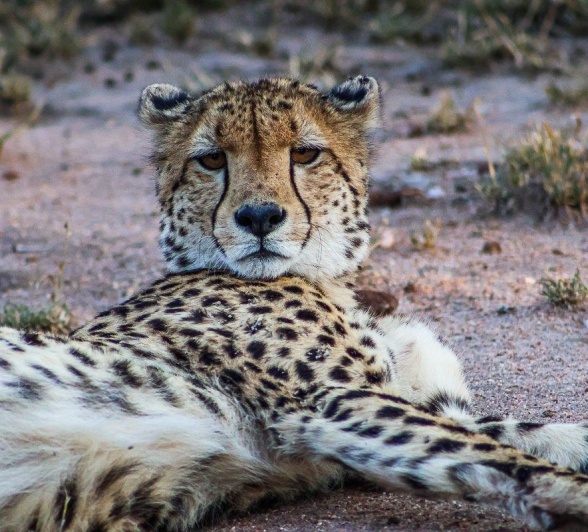
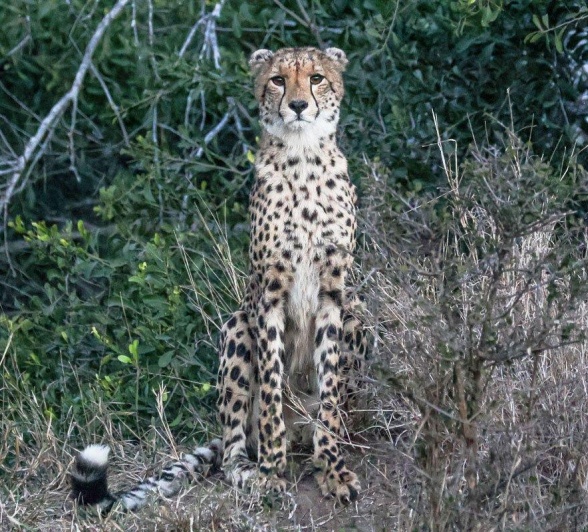
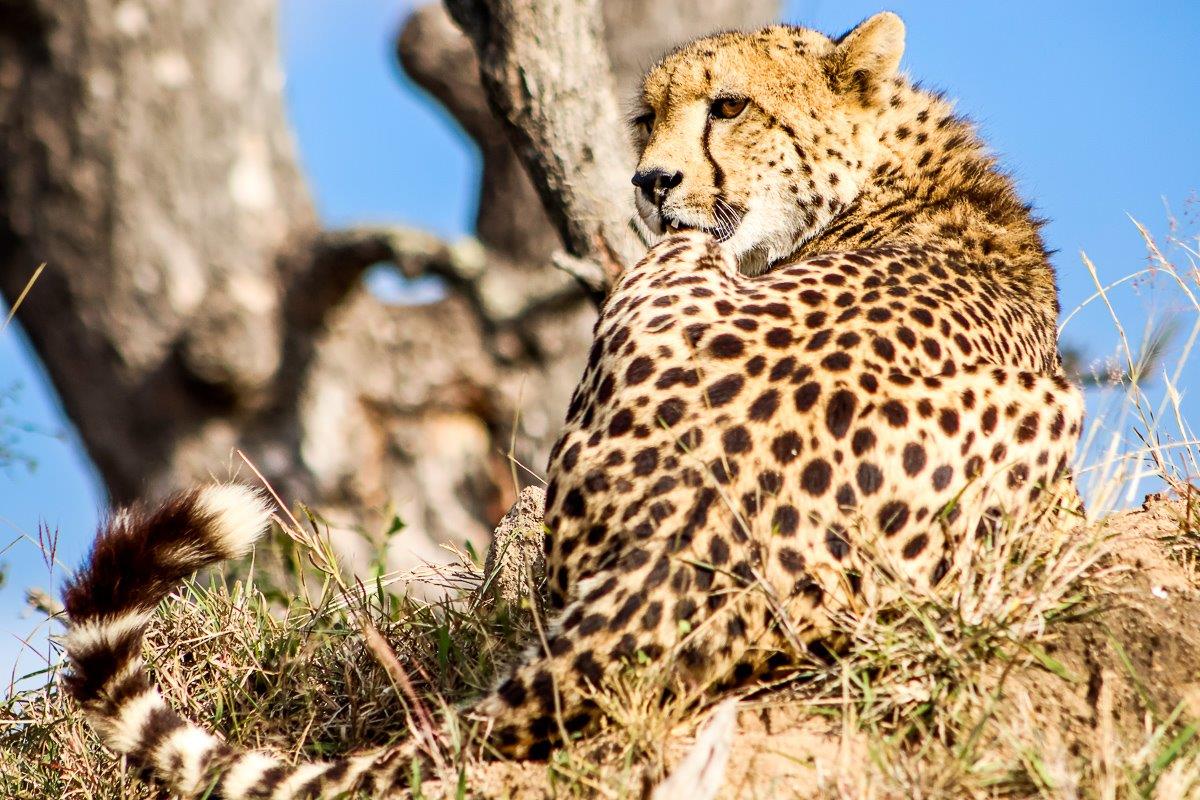
Wild dogs are some of the most successful hunters in the bush. With a success rate of about 90%, they prefer habitats like woodlands and broken woodland areas. Wild dogs form big packs where their strength lies in their numbers and a great deal in their incredible endurance levels. They also go for smaller prey like impalas but often take down bigger prey as they exhaust the animal before taking it down. Wild dogs are active during the day to avoid competing with nocturnal predators at night. They feed incredibly fast to get the well-deserved meal in and move out of the area before attracting too much attention from other animals.
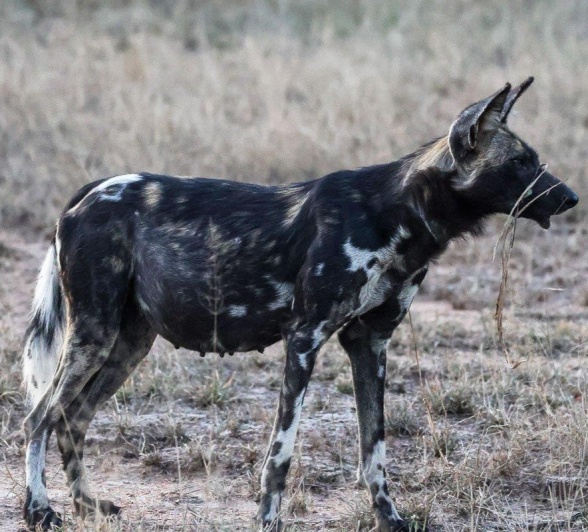
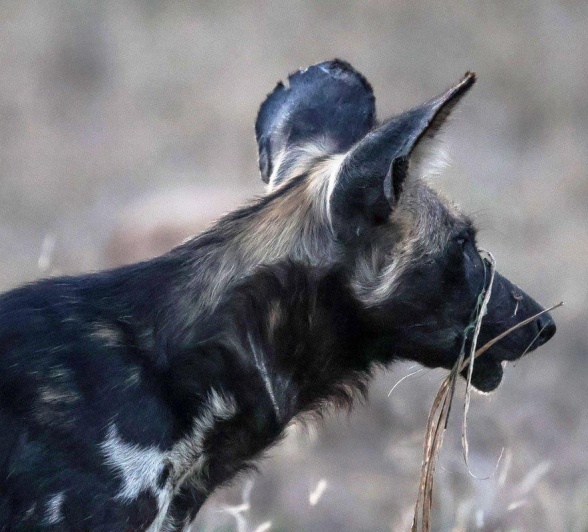
Both cheetahs and wild dogs’ eyes are fully adapted to being active during the day. Their eyes have smaller pupils and smaller lenses, which means their eyesight is more focused on textures and colours rather than absorbing or reflecting light out of the eye. The reason we don’t shine lights at these animals at night is to avoid blinding them as their eyesight is a lot like ours as humans, just MUCH better.
Looking at the nocturnal (night living) animals it is more focused on what, where and how they hunt. Their eyes are completely different from those of animals that hunt during the day. They tend to have bigger eyes and wider pupils. Their wider pupils can collect more light, which enables them to see better at night.
Lions are the most dominant and best-known predator of the bush, the “King of the Jungle” by all means. Their habitats will range from open plains to thick bush and dry thorn forest; basically, anywhere they find themselves. They usually hunt in their prides as they are very social animals and most successful in a group. Their bodies are very muscular and weigh between 130-150kg for females and 200-230kg for males. They have an immense amount of power.
When hunting, they will get into position and certain individuals will act as a decoy, luring the prey animals towards other individuals who will make the kill. They prey on a variety of animals which includes anything from warthogs to buffalo. With them being mainly active at night this is when they have the biggest advantage over prey animals that don’t have the same eyesight adaptations as them. Lions are not too worried about other predators, as they are by far the biggest and the strongest, especially in groups, they will feed on their kill wherever they made the initial kill and then move off into a more comfortable and quieter area to rest and let their food digest.
The only threat for lions is other lions and this is why they are often seen dragging kills under trees or bushes, hiding them from vultures that might be circling high in the air scouting for food. If vultures do spot the kill, they will start making their way down towards the area, potentially attracting other lions to the area.
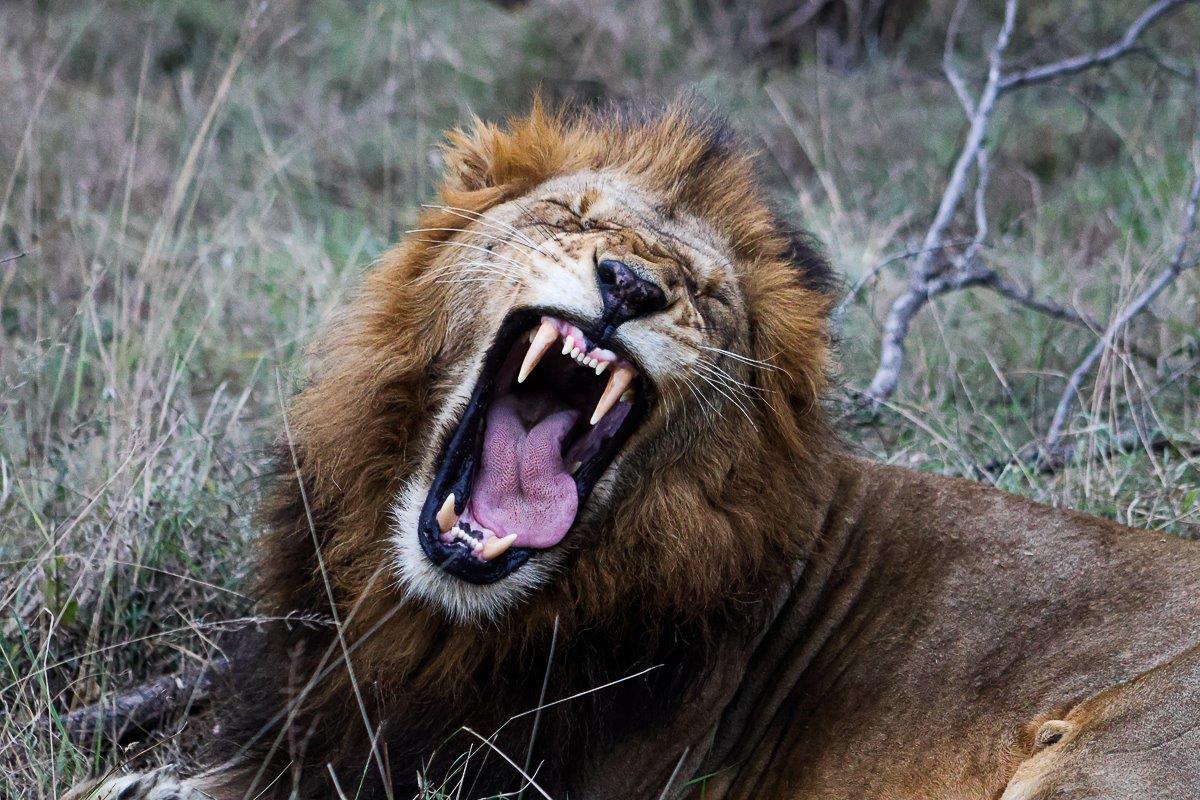
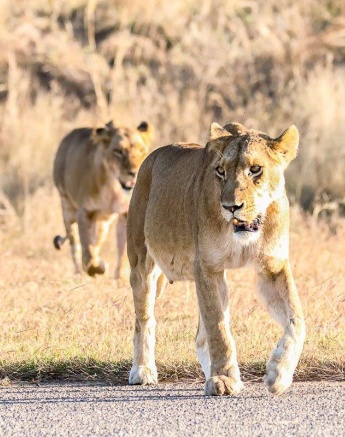
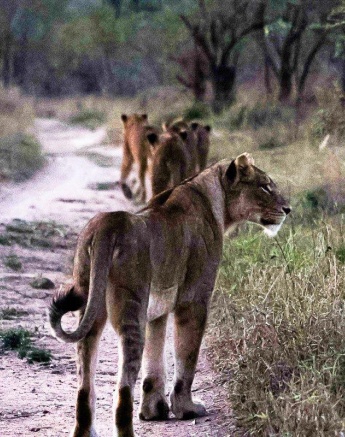
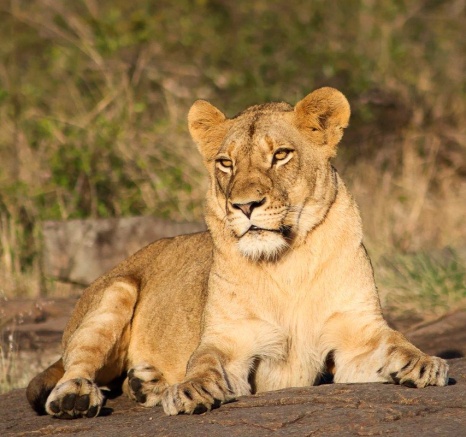
Leopards are another example of a nocturnal hunter, preferring habitats like forests, subtropical and tropical regions, savannas, grasslands, and rocky areas. They are masters of stealth and ambush and try to get as close as possible to their prey before making their move. The prey they prefer includes a wide range including warthog, impala, bushbuck, nyala and sometimes even young kudu. They are the acrobats of the bush with immense power in their necks and shoulders. After a successful kill, they will try and hoist their kill into a tree or get it into a safe spot away from any other predators. Leopards are the only predator that can climb almost any tree; lions are also known to be good climbers but because of their weight they often can’t get as high as leopards can. With leopards only weighing roughly 45kg for a female and up to 90kg for a male, they are the perfect match with incredible muscular strength to hoist kills weighing almost the same as themselves. Once safely off the ground, no hyena or wild dog can get to them, and they can peacefully enjoy their meal.
Unlike lions, leopards are solitary animals, meaning they are always by themselves except while mating. The female will raise her cubs by herself, and the cub will move away as soon as it reaches independence. This makes it somewhat harder for them to hunt as they have no other members to rely on or help them, but their hunting techniques are fully adapted for hunting this way.
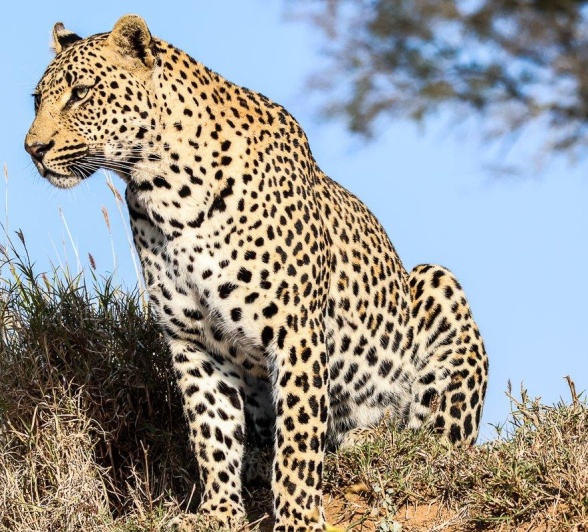
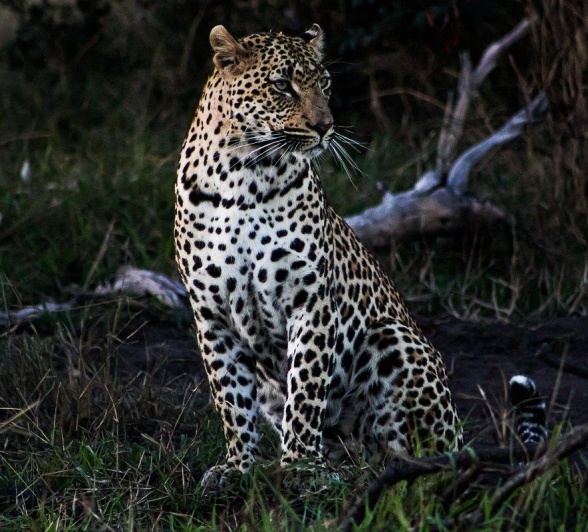
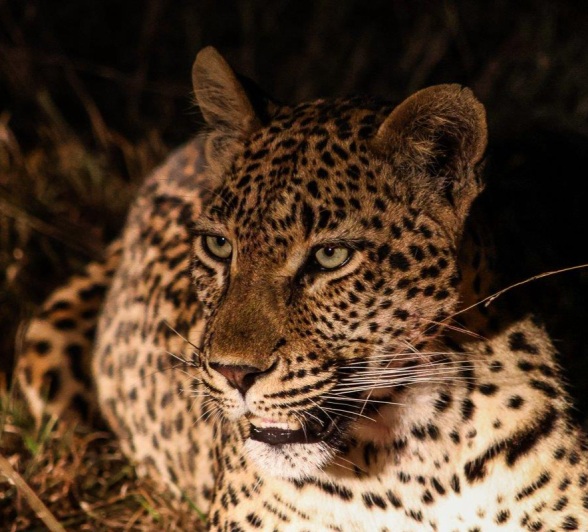
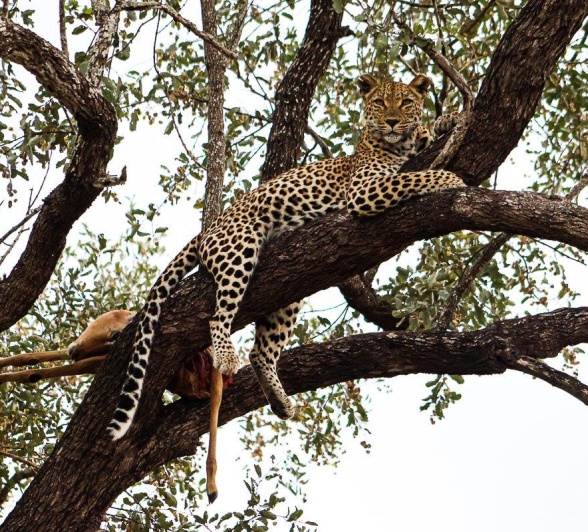
Both lions and leopards have retractable claws, meaning their claws are extremely sharp as they use them to physically claw into an animal to bring it down to the ground whereafter they will move around to the neck and throat area to suffocate their prey. These are very different to cheetahs, for example, which have a dog-like foot structure. Their claws are non-retractable which means they are not as sharp and take a lot of wear and tear. Cheetahs must rely on their speed to knock animals down and off balance.
Hyenas are mostly scavengers but don’t get them wrong, in big groups they are a force to be reckoned with. Specifically in our area with our high populations of other predators, they tend to scavenge a lot and trail other predators to get the remains of their kills. Hyenas prefer habitats like savanna, grasslands, woodlands, forest edges and sub-deserts. Their preferred prey includes any animal that offers an opportunity to be taken down or scavenged. In large groups, they often chase cheetahs, wild dogs, and leopards off kills and in big enough groups sometimes even lions! Wherever they find themselves, they are very opportunistic and will take whatever comes their way.
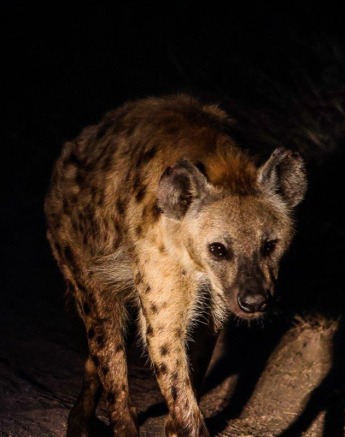
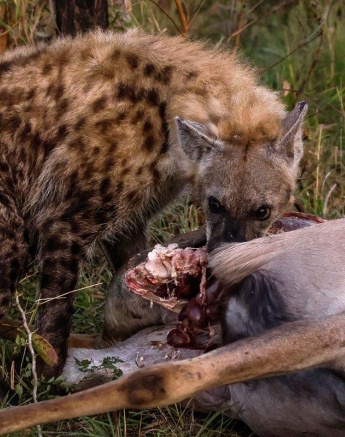
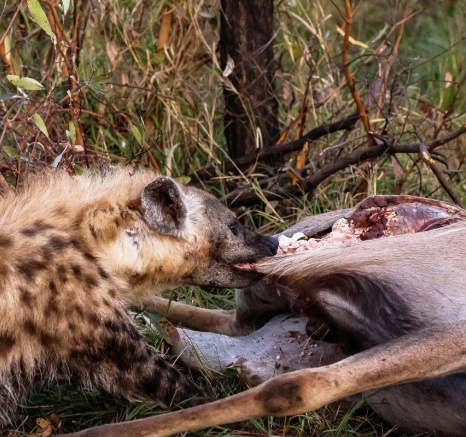
Some of the smaller, less abundant predators also hunt in their own successful ways, going for smaller prey in their habitats. They are mainly nocturnal and stay well clear of all other big predators as they are no match for them.
The African Wild Cat is one of the smaller cats we get around our reserve. They have a broad habitat tolerance from deserts, semi-deserts, savanna, and scrub grassland, to open forests in hilly and rocky terrain. They mainly hunt for smaller rodents such as mice and rats, but will also target hares, birds, frogs, lizards and occasionally fish. They are extremely fast and can make rapid moves and pounce; always trying to get as close as possible before making a move. They have retractable claws and have many similarities to house cats such as their high attention span and quick movements. Their camouflage is incredible, and they will make slow and small movements to get as close as possible to their prey before pouncing. They are solitary animals and only meet up for mating purposes, doing all the hunting by themselves.
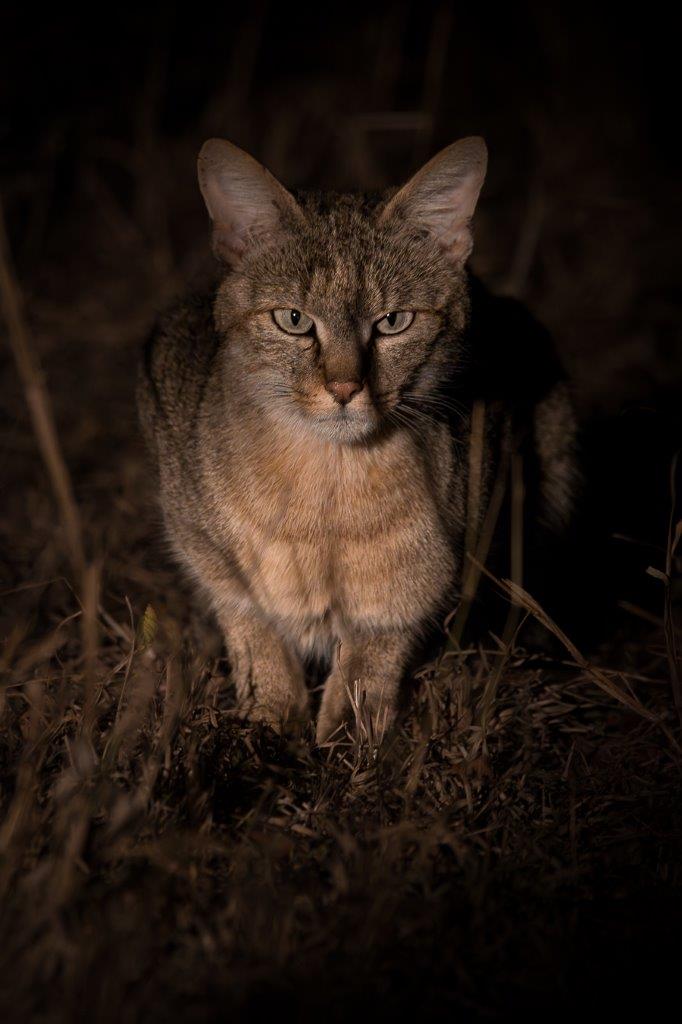
On the other hand, we have the Serval; standing high on their legs they move effortlessly through the tall grass. They prefer habitats that include tall grass, dry reed beds and mixed bushveld. With their long legs, they are very high jumpers and often take down ground-nesting birds like Francolins and Spurfowls as they are trying to take off and fly away. Other prey includes rodents, frogs, and insects. They are mainly active at night but just like any other predator, tough times call for desperate measures and they will be active early morning and late afternoon if they are in search of food. Servals are also solitary animals and spend most of their life by themselves, only meeting up with mates for breeding purposes.
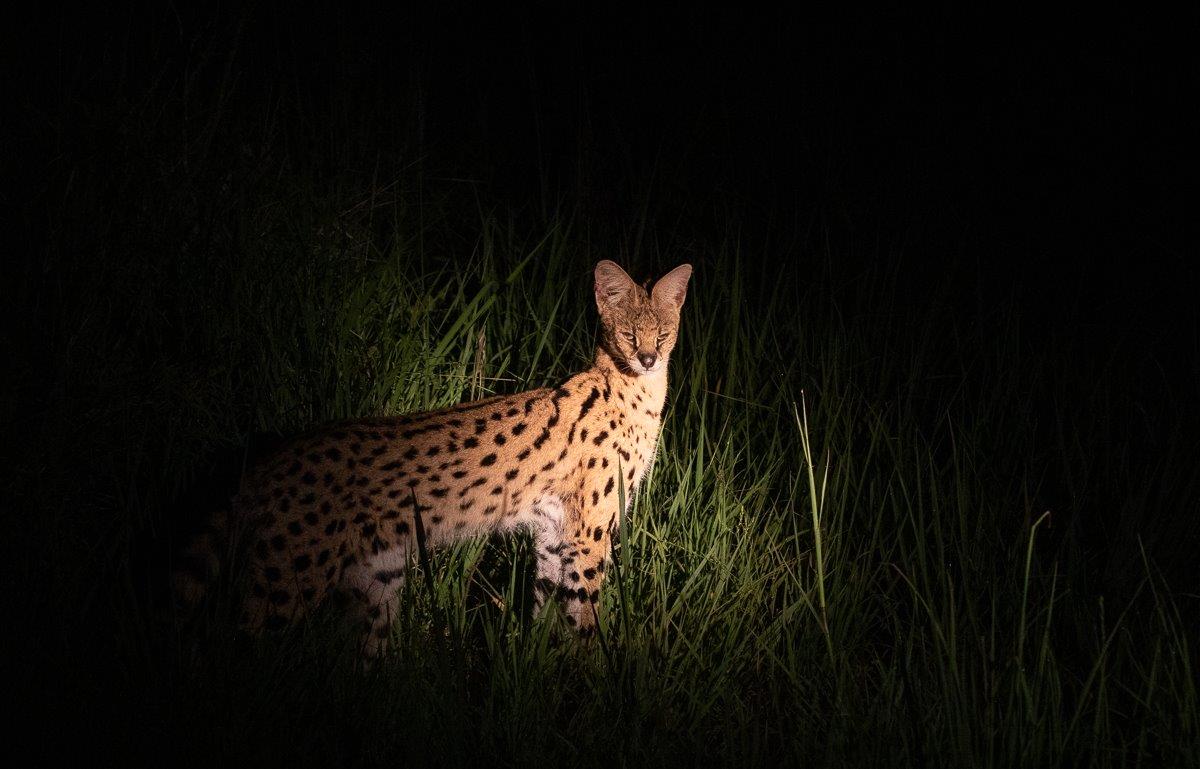
Both these smaller cat species are very successful in their own individual habitats focusing on their specific prey species.
As we can see, every predator is adapted in their own special way, making them successful in what they do and when they do it. We are extremely privileged to have so many species of not only predators but also prey animals that each predator gets the opportunity to hunt and survive among each other.
Mother Nature is one of the most incredible and intelligent works of art in the world and we are extremely privileged to call this place our home.
Blog by Ruan Mey (Earth Lodge Ranger)
Images by Ruan Mey, JP van Rooyen and Jason Street







